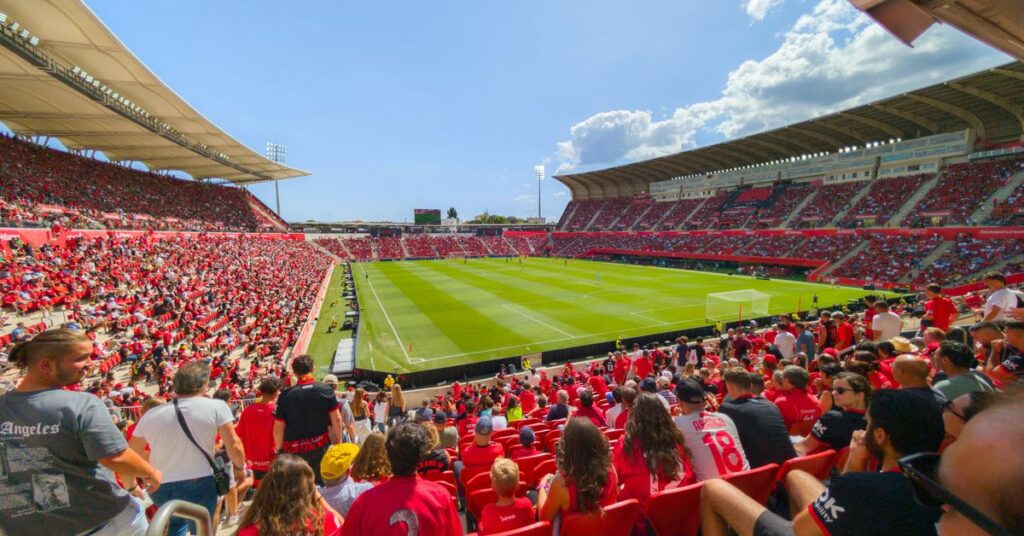Technological Innovations in Sports Analysis
Introduction
Sports analysis has undergone a transformative evolution in recent years, largely driven by advancements in technology. These innovations have not only enhanced the way athletes train and compete but also revolutionized how coaches strategize and fans engage with their favorite sports.
Player Tracking Systems
One of the most significant advancements in sports analysis is the development of player tracking systems. These systems use various technologies such as GPS, accelerometers, and gyroscopes to gather data on athletes’ movements during training sessions and games.
- Examples: Systems like Stats Perform provide real-time data on player positions, speeds, accelerations, and distances covered.
- Benefits: Coaches can analyze performance metrics to optimize training routines, prevent injuries, and make tactical adjustments during matches.
Biomechanical Analysis
Advances in biomechanical analysis have enabled sports scientists to delve deeper into understanding the mechanics of athletic movements.
- Technology Used: Motion capture systems combined with force plates and 3D modeling software allow for precise measurement and analysis of biomechanical parameters.
- Applications: This data helps in refining techniques, improving efficiency, and reducing the risk of injuries among athletes.
Video Analytics and Computer Vision
Video analytics powered by computer vision algorithms have revolutionized how coaches review game footage and analyze player performances.
- Features: Automated tagging of events, player recognition, and statistical analysis from video feeds have made scouting and game preparation more efficient.
- Tools: Companies like Hudl provide platforms that integrate video analysis with statistical insights, enabling detailed performance reviews.
Virtual Reality (VR) and Augmented Reality (AR)
VR and AR technologies are increasingly being used to simulate game scenarios, enhance training environments, and improve decision-making skills of athletes.
- Benefits: Athletes can experience realistic game situations in a controlled environment, facilitating quicker learning and adaptation.
- Examples: Organizations like the STRIVR Labs provide VR training solutions adopted by teams in various sports.
Data Integration and Predictive Analytics
The integration of multiple data sources and the application of predictive analytics have enabled teams to gain deeper insights into performance trends and make informed decisions.
- Approach: Machine learning algorithms analyze historical data to predict outcomes, optimize player performance, and strategize for future games.
- Benefits: Coaches can adjust tactics based on predictive models, enhancing competitive strategies and player management.
Impact on Fan Engagement
Technological innovations in sports analysis have not only benefited teams and athletes but also transformed the way fans interact with sports.
- Platforms: Interactive apps and websites offer real-time statistics, virtual simulations, and personalized content, enhancing fan experience.
- Examples: Fantasy sports platforms like DraftKings use data analytics to engage fans through predictive gaming.
Conclusion
As technology continues to advance, the landscape of sports analysis will continue to evolve. From player tracking systems to predictive analytics, these innovations are reshaping how sports are played, coached, and experienced by fans worldwide.
By leveraging these technologies, teams and athletes can gain a competitive edge while offering fans a more immersive and interactive experience.




